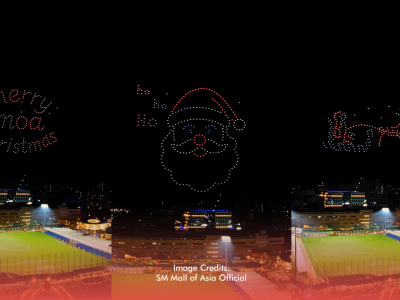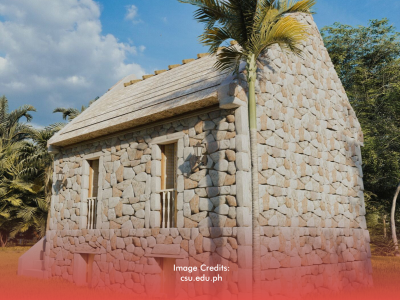The Rodeo Masbateño Festival, considered the “mother of all festivals,” has been an annual extravaganza for cowboys nationwide, attracting tourists and international enthusiasts.
It presents the prowess of cowboys in managing animals, including lassoing, wrestling, and riding. The festival also features a cattle fair as well as cow and horse trading, among other exhibitions.
Since 1993, the Masbate province—regarded as the “Cattle Country of the Philippines”—has hosted the summer event.The festival has become so well-known over the years that it is now regarded as the largest rodeo festival in the Philippines, with Masbate serving as the center of Philippine rodeo.
Lively parade
The festival has always begun with a horse parade. Although they were only available to male competitors in previous iterations of the festival, they have subsequently been opened to female competitors, making the celebration more inclusive.
The actual rodeo competition is the event's high point. Participants do various acts involving lassoing on foot and horseback, livestock grappling, load carrying, casting down, whipping, and riding bulls and two-person carambolas.
Tourists and locals alike also donned their finest cowboy attire—which included the iconic hat, long-sleeved plaid shirts, and leather boots—for the celebration.
Aside from the aforementioned events and attractions, festival-goers can also partake in a cattle drive, huego de toro, trade fair, rodeo salon, livestock show, carnival rides, barn dancing competition, beef cooking contest, rodeo tattoo show, and boxing match.
How it started
In 1992, the idea for the Rodeo Masbateño Festival arose, intending to promote the local cattle sector.
Although the province has a long history of producing cattle—roughly 81% of its land was used for pasturing animals—the business struggled at the time.
Then, a group of Masbate farmers and merchants called MAKUSOG established the Rodeo Masbateño Foundation to boost the local livestock in their locality.
The inaugural Rodeo was held in 1993 with the help of Emilio Espinosa Jr., the province governor. After that, it grew into an annual occasion that boosted local pride in their province's distinctive identity and goods while enhancing tourism and business in the area.
Rodeo Masbateño subsequently replaced the original name for the event, Rodeo Filipino. Over the years, it developed into a national celebration that drew visitors from around the Philippines and overseas.
Rodeo Capital
Executive Order No. 120, issued by President Gloria Macapagal-Arroyo on September 2, 2002, designated Masbate as the Rodeo Capital of the Philippines to acknowledge the annual event's success.
Cattle pastures comprise between 65 and 70 percent of Masbate's agricultural land.According to data from the Philippine Statistics Authority, Masbate had 3,470 cattle in commercial farms and 19,742 in backyard farms, according to the Department of Agriculture in Bicol.
Masbate is currently a Professional Rodeo Cowboys Association of America member and has earned the moniker "Rodeo Capital of Asia."








